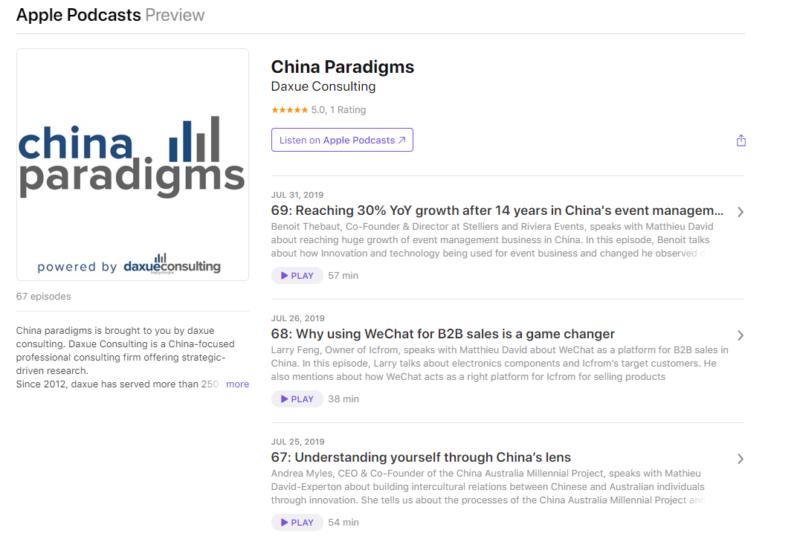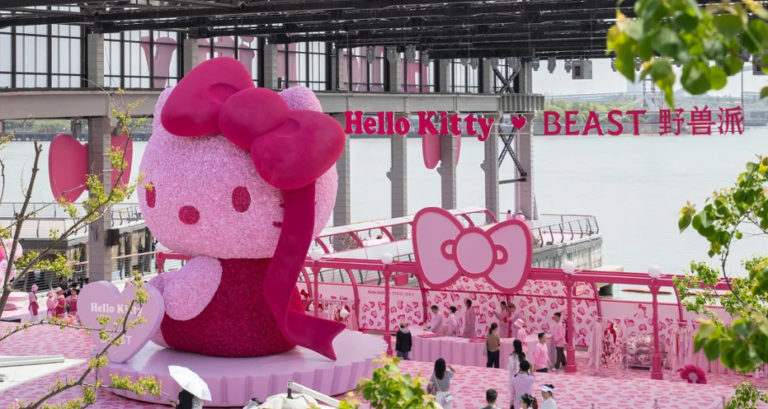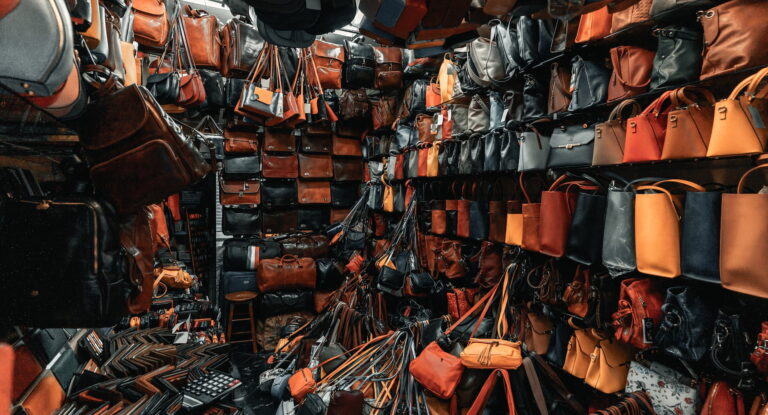The Chinese luxury goods market is growing quickly in China. Younger generations of Chinese consumers love luxury goods, especially from Europe. According to a report by BCG, in 2018 the global luxury market was 334 billion euros, China made up 33% of this total. This amount will increase with an expected growth rate around 6% until 2025 to 162 billion euros, a contribution of 41% of the total. European luxury brands now have vital interests in China. Hermes in China is one example of success in the luxury market.
Hermes entered China in 1996, and has since become successful in the Chinese luxury goods market. In twenty-five years, Hermes in China evolved from their initial market entry to become a well known luxury brand in China.
Hermes in China: from origins in France to implementation success in the Chinese luxury goods market
The unique beginnings of Hermes, a commitment for tradition and respect of heritage
Hermes is a prestigious French high fashion house established in 1837 by Thierry Hermes. Today, the company is specialized in leather goods, lifestyle accessories, perfume, luxury goods, and ready-to-wear products. Its logo, since the 1950s, is of a horse-drawn Duke carriage. The brand was first established as a harness shop, because in 19th century Paris, most households bred horses. It has since changed into a luxury fashion company.
Hermes is a model of tradition and elegance in the luxury goods industry. Its extraordinarily elegant design has garnered praise from consumers throughout the world. The company is adamant about maintaining its old-fashioned business model and rejects mass production, assembly lines, and mechanization. Hermes goods are almost entirely hand-made in France in middle-sized workshops. Hence, it is evident how much the luxury brand emphasizes quality. To guarantee the product quality and uniqueness, Hermes guarantees that only one person works on each individual product from the beginning to end.
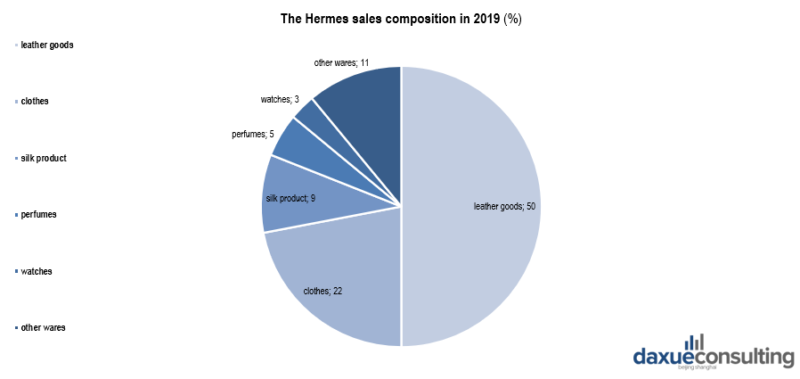
[Source: Annual report of 2019 from Hermes]
The situation is economically good for the international company worldwide known for the Kelly bag. In 2019, Hermes sales were composed of about 50% leather goods, 22% clothes, 9% silk products, 7% perfumes, 5% watches, and 11% from other wares. Their total profit is 6,883 billion euros accord to the official annual report.
Market entry of Hermes China
Hermes started its implementation on the Chinese market in 1996 with its first exclusive store in Beijing in 1997. Today, there are 26 flagship stores. One of the biggest stores of the world is in Shanghai.
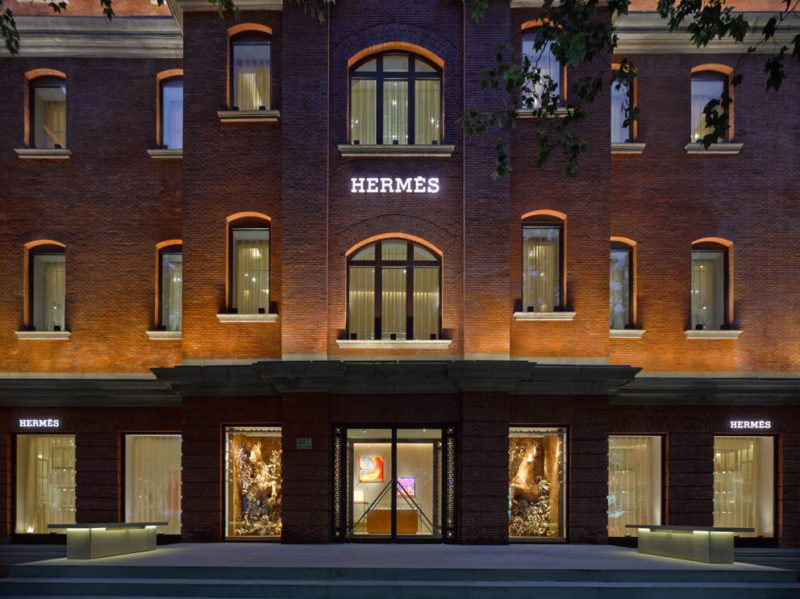
[Source: Behance – HERMES SHANGHAI By LEVI VAN VELUW]
The company seized the opportunity on the Chinese luxury goods market with the economic boom of the country. “爱马仕” is the Chinese brand name for the company. This luxury brand is particularly popular amongst Chinese people, especially men. Contrary to most luxury brands, only 40% of Hermes Chinese consumers are women.
China is a vital market for luxury brands
China is the largest luxury market in the world ahead of the US. Hermes benefits from the increasing of Chinese luxury goods demand. According to the company annual report of 2019, in 2019, the company made 2,590 billion euros of turnover just in Asia (without Japan). This almost 38% of the global turnover. Compared to 2018, this represents an increase of 17.8%. So far, China is a vital market for the luxury brand. To fulfill the opportunity on this market, Hermes China has an aggressive marketing strategy.
In 2019, Hermes China opened a website store, and lauchned a Xiamen store. Moreover they renovated their exclusive store in Tsingtao. This underlines a will to respond to the Chinese market where consumers want luxury products. Also, the company organized the event “please check-in” in Shanghai to promote the luxurious bags of the company. Hermes China developed their position in the country with solid and virtual store and events. The main objective was to develop brand recognition and to be close to Chinese consumers.
The alternative of Hermes to develop on the Chinese luxury goods market
The creation from Hermes of Shang Xia: Highlighting the best of China’s luxury goods production
In September 2010, Hermes launched a new luxury brand in China called ‘Shang Xia’ aiming to attract more customers in the world’s largest luxury market in the world. Now there are eleven flagship stores across the world. The brand was initially created in 2008, and was completely independent from Hermes’s mainline products. From product development to product design and product manufacturing, the whole business process is run by the Chinese team and lead by Jiang Qiong Er. The aim of Hermes in creating this separate company is to try to build an international Chinese luxury brand. In addition to Chinese consumers, the Paris store has also attracted a substantial amount of Russian and Swiss consumers.

[Source: Behance – SHANG XIA By CHENCHEN GAO]
However, ever since it was first launched, the new company has been unprofitable. The actual Hermes CEO M. Thomas knows the situation and explains that Shang Xia actually performed better beginning than expected. He knows it will take time to make the brand cost-effective.
Shang Xia still struggles to develop in the Chinese luxury goods market
Shang Xia’s struggle underlines how Chinese traditional style products cannot draw as much interest among Chinese luxury consumers compared to European products. In China most consumers of the luxury brand are men whereas in other countries, women are the main buyers of the company products.
A lot of Chinese consumers have not even heard of this new company and do not associate it with luxury. A large portion of Chinese consumers purchase brands based on their fame and recognition. It is seen as a way to show their social status and purchasing power. Therefore, a brand like ‘Shang Xia’ has a long way to go before it can earn a good luxury brand reputation among Chinese luxury goods market. As of 2020, the development of Shang Xia continues, as both the CEO of Hermès and the lead designer of Shang Xia acknowledge the time needed to construct a good brand image.
Shang Xia is a diplomacy gift
Even if Chinese authorities indirectly help the brand. They buy products in order to offer it as gift to foreign Governments. They say Shang Xia’s goods represent the melting of Chinese heritage, creativity and innovation. To try to change this lack of a luxury brand image, Hermes opened in 2013 a ‘Shang Xia’ store in Rue de Sèvres, right next to its global flagship store.
The company hopes that the brand display in Paris can increase the image value and familiarize Chinese tourists with the ‘Shang Xia’ Chinese luxury goods. Jiang Qiong Er knows it will take years to develop the luxury brand particularly in China. She declared “But it is a real ambition to create a brand in the 21st century with a vision a hundred or two hundred years ahead.”
The impact of the Hong-Kong crisis and the Coronavirus on Hermes in China
The Hong-Kong crisis and its effects on Hermes
In 2019, the luxury brand Hermes was concerned with the Hong-Kong crisis. The company holds seven stores in the city. E. du Halgouët, the financial director of the company, stated that the declining sales of Chinese luxury goods will be absorbed by the growth in China: “The slowdown in Hong Kong will be offset by a strong level of activity in China”. Nevertheless, even with the Hong-Kong crisis, the third quarter of the year showed good economic results for the company as the rest of year 2019. The company knows that the clients of Hong-Kong are really loyal to the company and the Chinese demand there will increase after the crisis, the 9,000 square meters flagship store will stay a proficient investment.
The Coronavirus impact the growth of Hermes in China
The Coronavirus impacted the whole Chinese economy and the Chinese luxury goods market.The company had to close 11 out of its 26 stores in the country. The Chinese Hermes website cannot replace closed stores because, according to A. Dumas, director of Hermes International, it is not aiming the same clients as city stores. Indeed, most of the time, Chinese luxury goods consumers go through the luxury brand website to see what they want to buy and then go to real stores for the actual purchase.
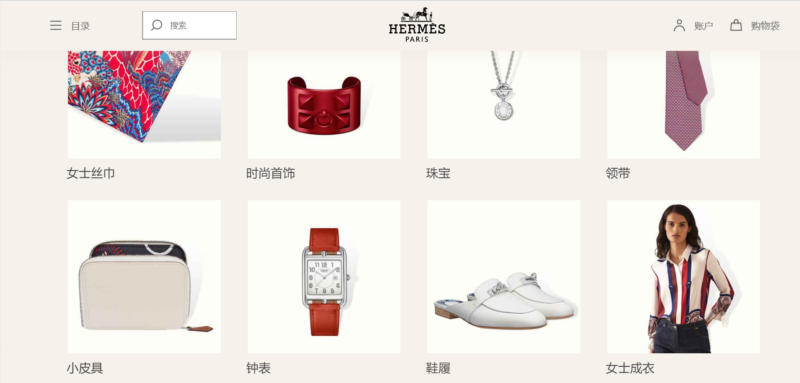
[Source – Hermes.cn website]
Right now, the situation is improving and only four shops based in Wuhan were still close in February 2020. Even if shops open again, Chinese consumers demand is still low. Hermes will follow the trend of the global Chinese economy. It will take some time to be in its full shape again, but the luxury brand stays popular amongst its Chinese clients. The next issue Hermes has to deal with is the closure of of its production lines in France. 42 out of 52 production centers of the company are based in the country. After the Coronavirus raised a problem with Chinese luxury goods demand it will develop an issue with the company’s offer in China.
Thus, Hermes started selling on the Chinese luxury goods market in the 1990s. Now the country is vital for the company. The luxury brand continues to invest in China to conserve its prestigious brand image and be close with Chinese consumers. Even recent issues like Coronavirus or the Hong Kong crisis are not big threats for the company. Shang Xia, owned by Hermes, has the idea of promoting Chinese heritage in design. However, the brand is still growing on Chinese consumers as power figures are already accepting of the brand.
If you have any questions or would like to discuss your e-commerce strategy in China, contact our project team at dx@daxueconsulting.com
Author: Enzio Cacciotto
Let China Paradigm have a positive impact on your business!
Listen to China Paradigm on iTunes
